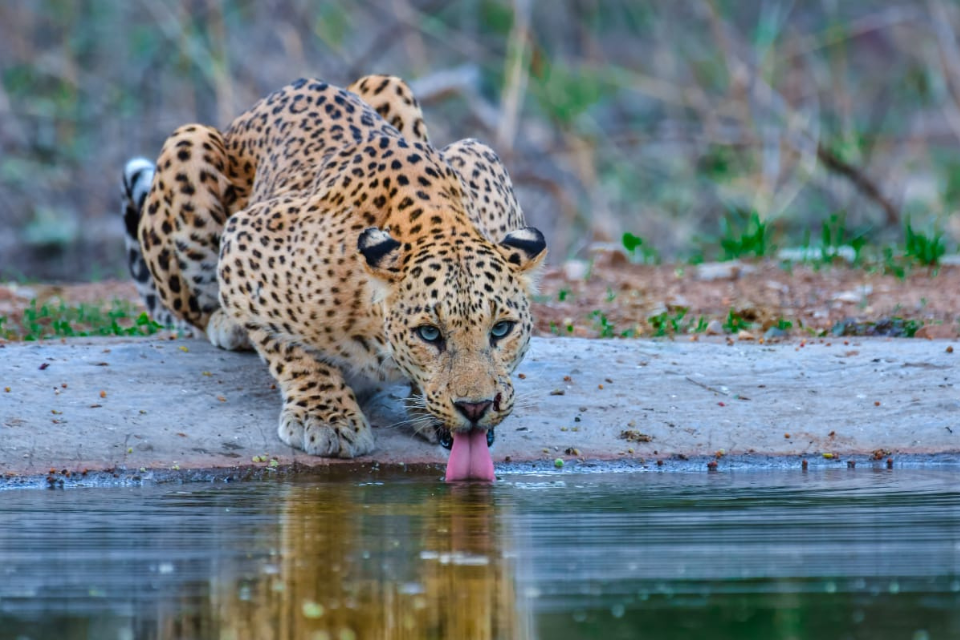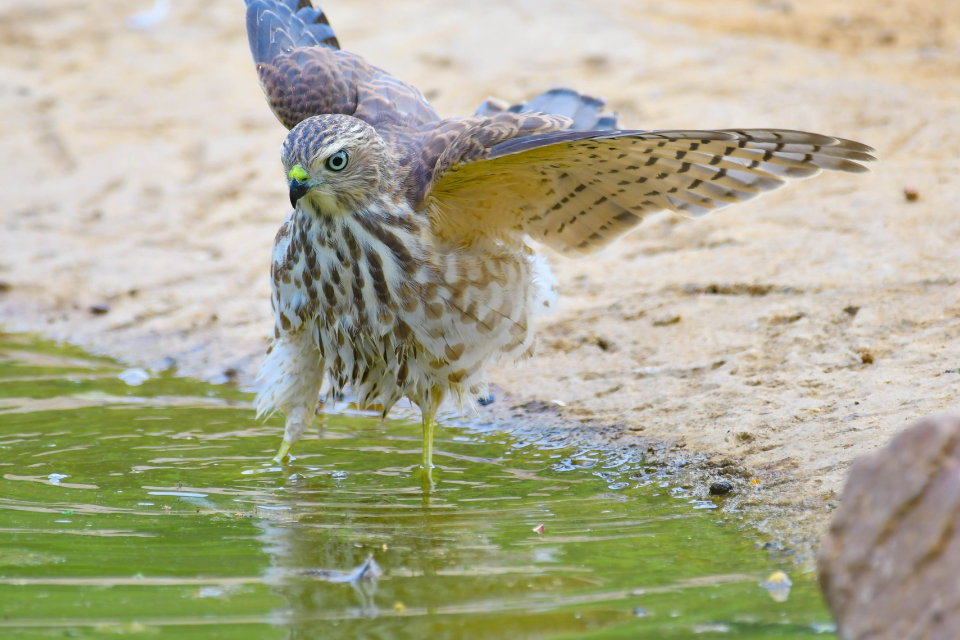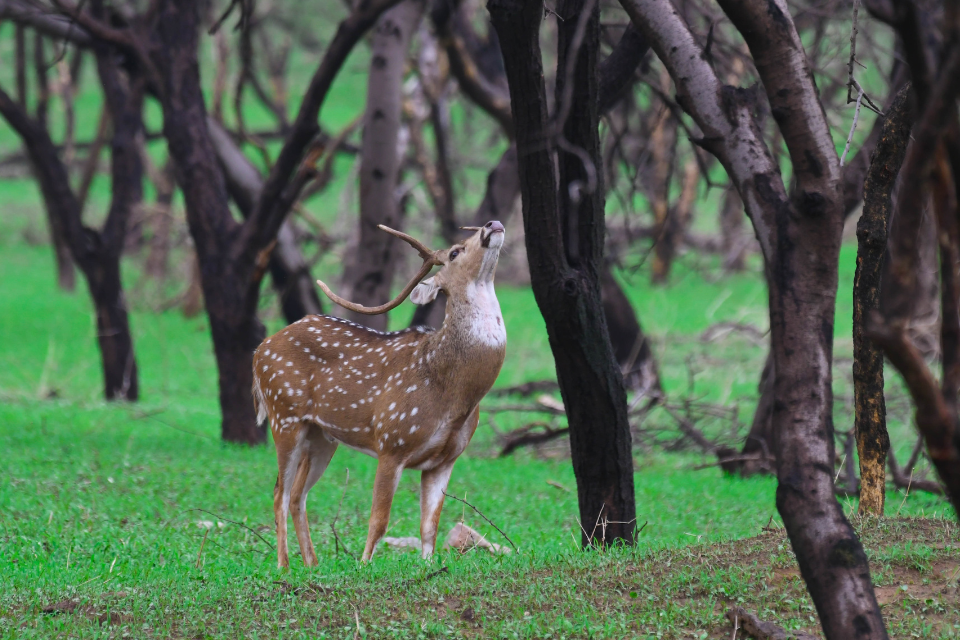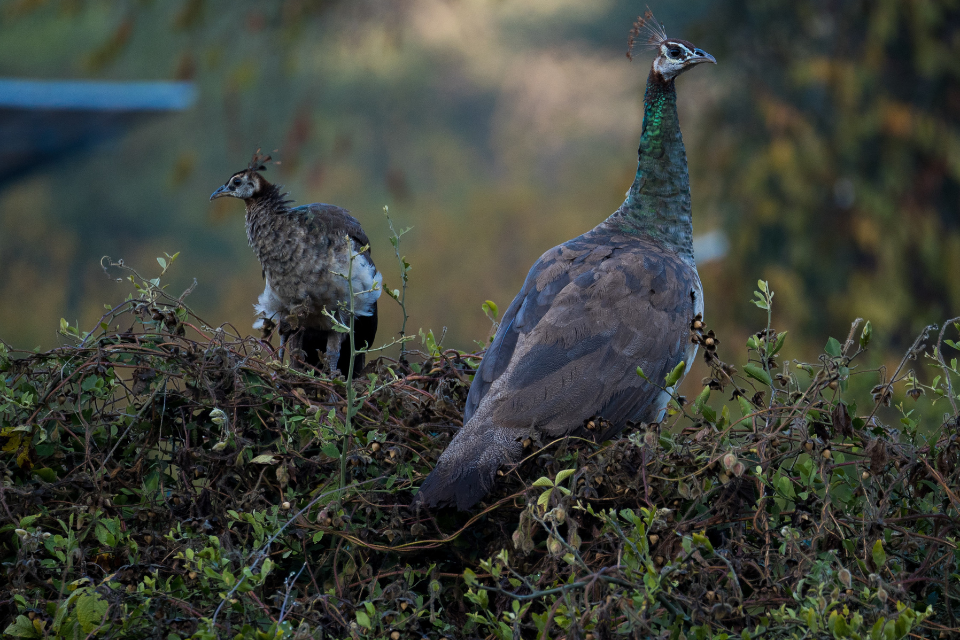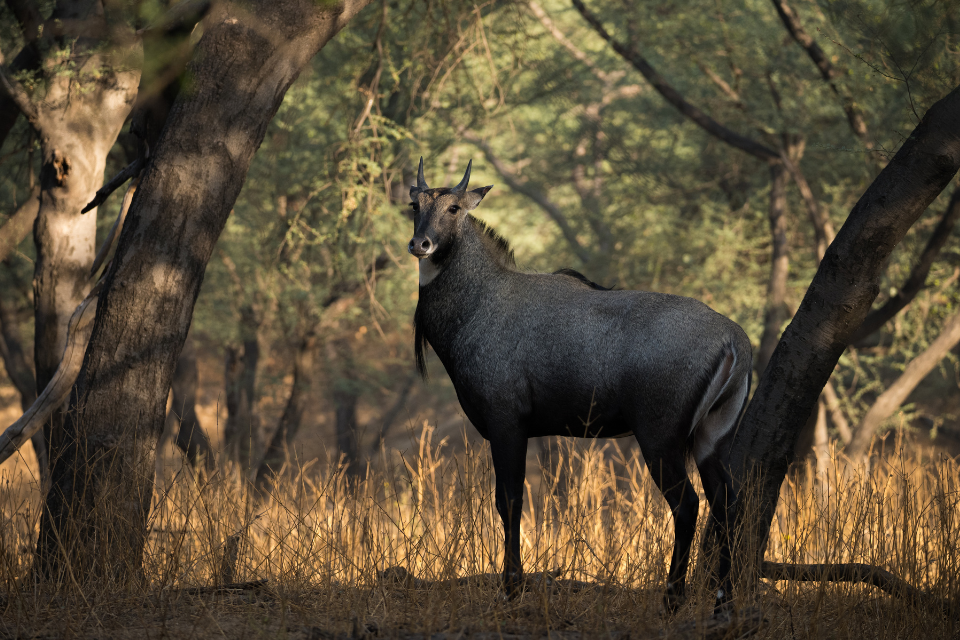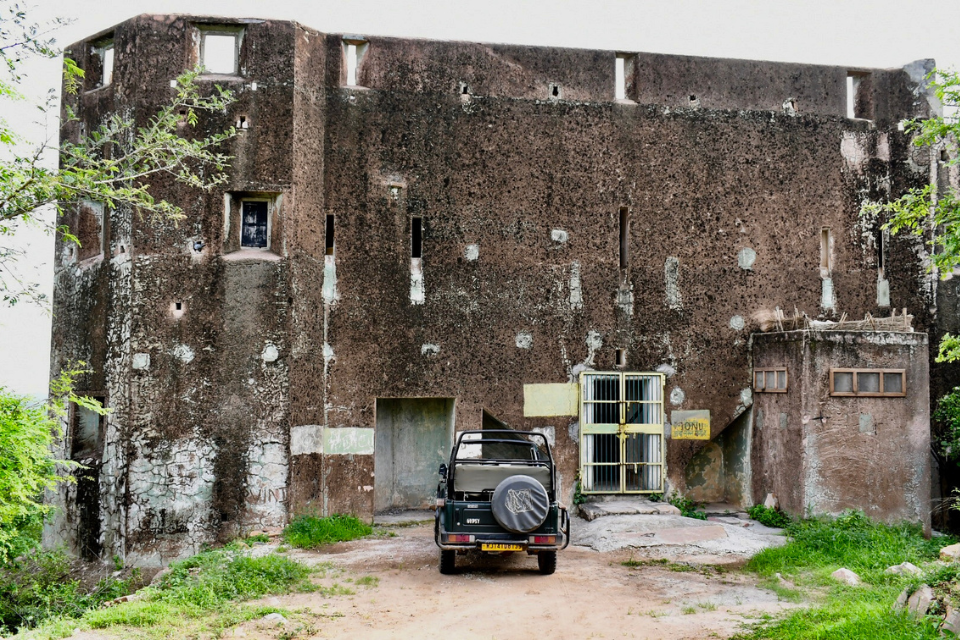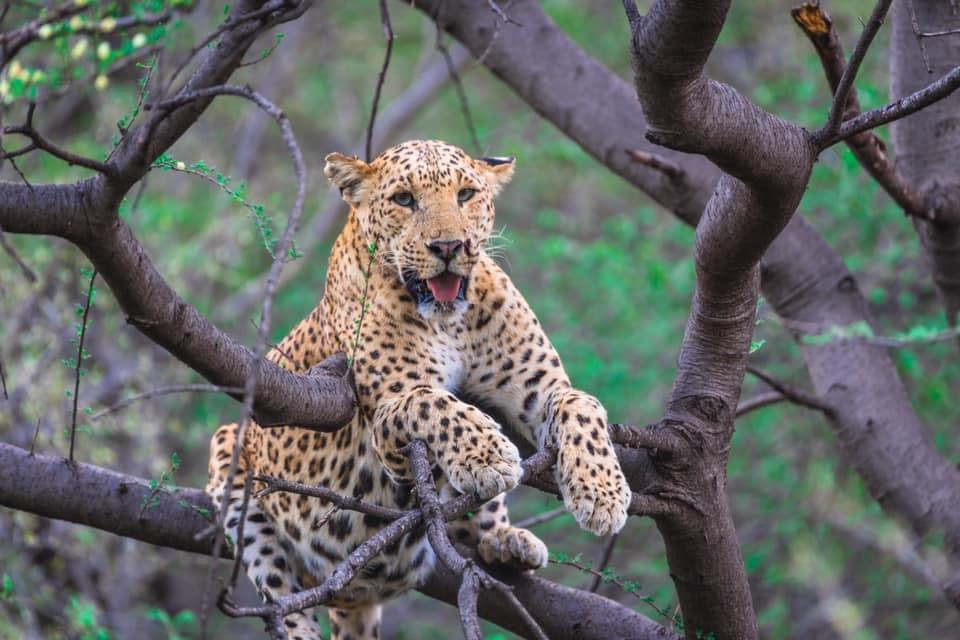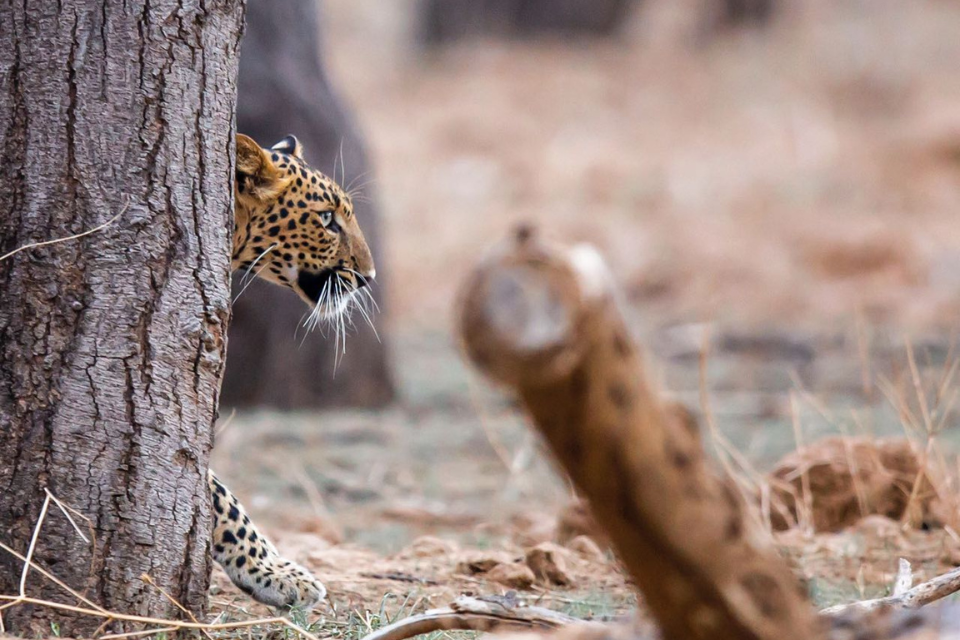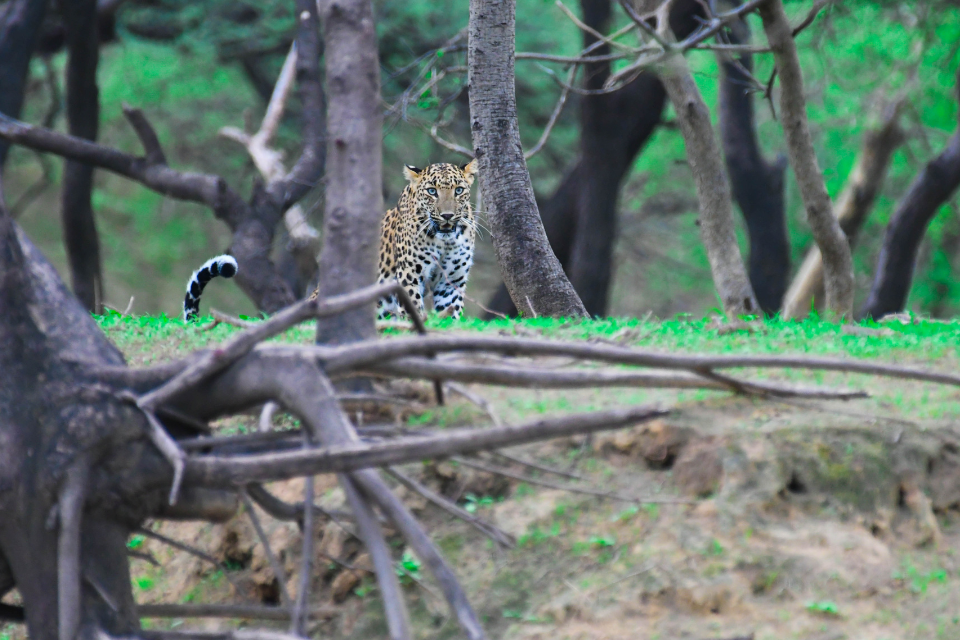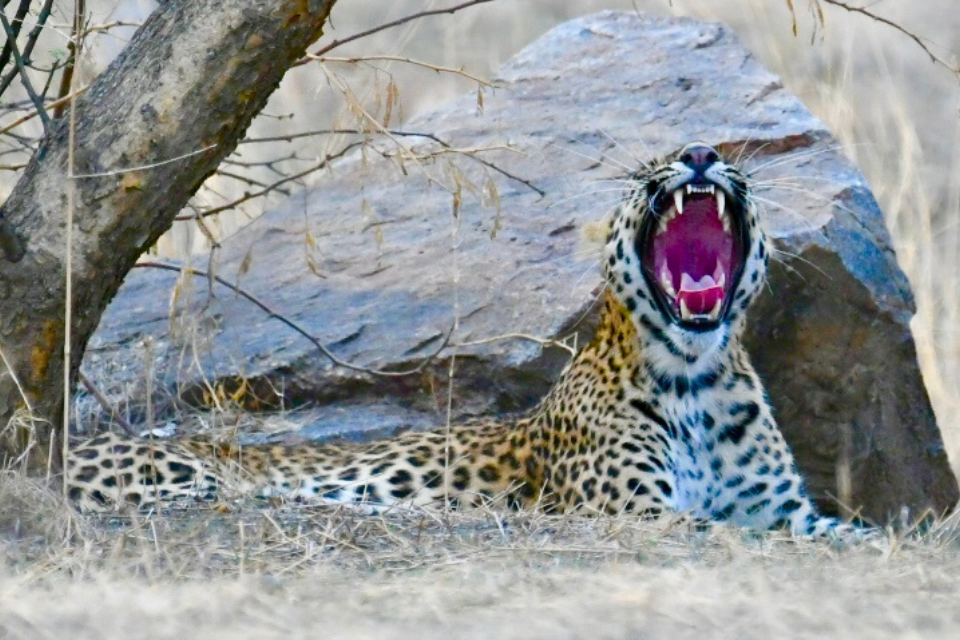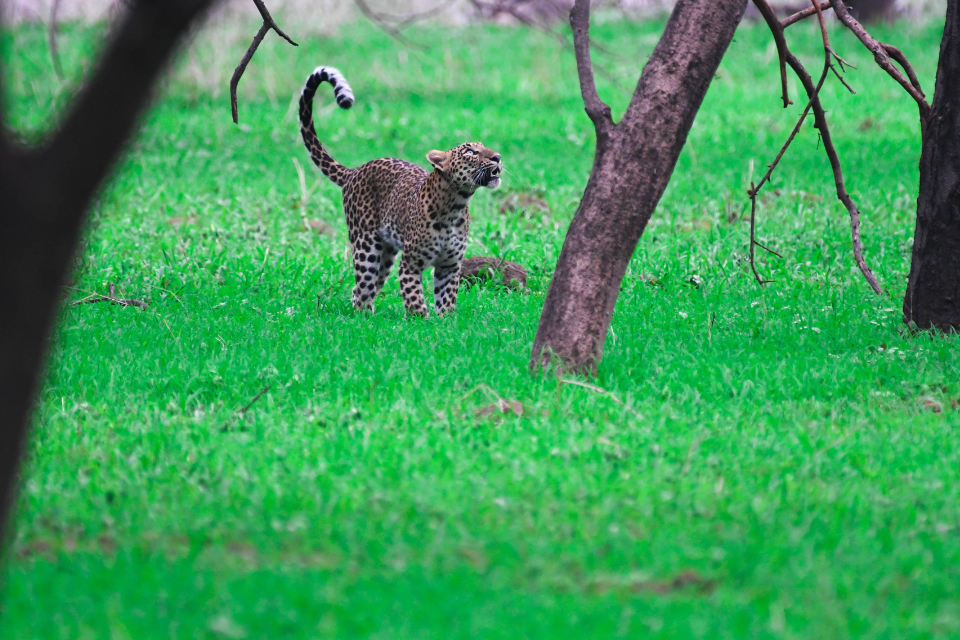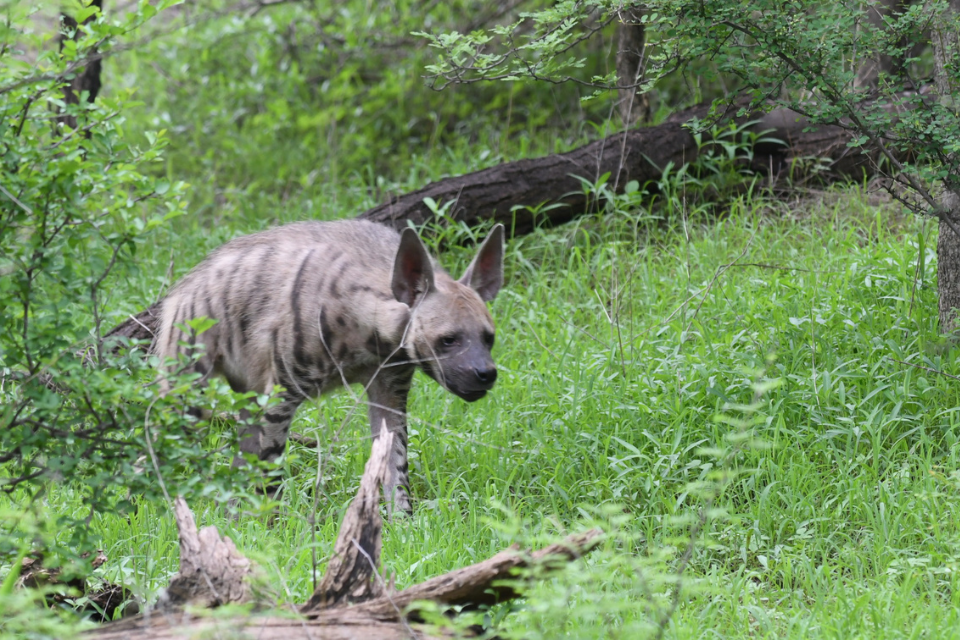- December 19, 2024
Wildlife Safaris at Jhalana Leopard Safari in Jaipur: A Beginner’s Guide to an Unforgettable Experience
Jhalana Forest Reserve, nestled in the heart of Jaipur, offers thrilling wildlife safaris that are perfect for beginners and seasoned nature enthusiasts alike. Known for its high leopard density, vibrant birdlife, and scenic landscapes, the Leopard Safari in Jaipur provides a gateway to experiencing the wonders of urban wildlife. If you’re planning your first safari, this guide will help you make the most of your visit to this unique reserve.
1. Why Choose Jhalana for Your First Safari?
- Urban Convenience:
- Located just 10 km from Jaipur city center, Jhalana is easily accessible for day trips.
- High Leopard Sightings:
- With over 30 leopards in a compact 20 sq. km area, Jhalana offers one of the best chances to spot this elusive predator, making it a key feature of the Leopard Safari in Jaipur.
- Diverse Wildlife:
- Beyond leopards, the reserve is home to striped hyenas, jackals, blue bulls, langurs, and more than 150 bird species.
- Beginner-Friendly:
- The well-organized safaris and experienced guides make it easy for first-time visitors to enjoy a hassle-free experience.
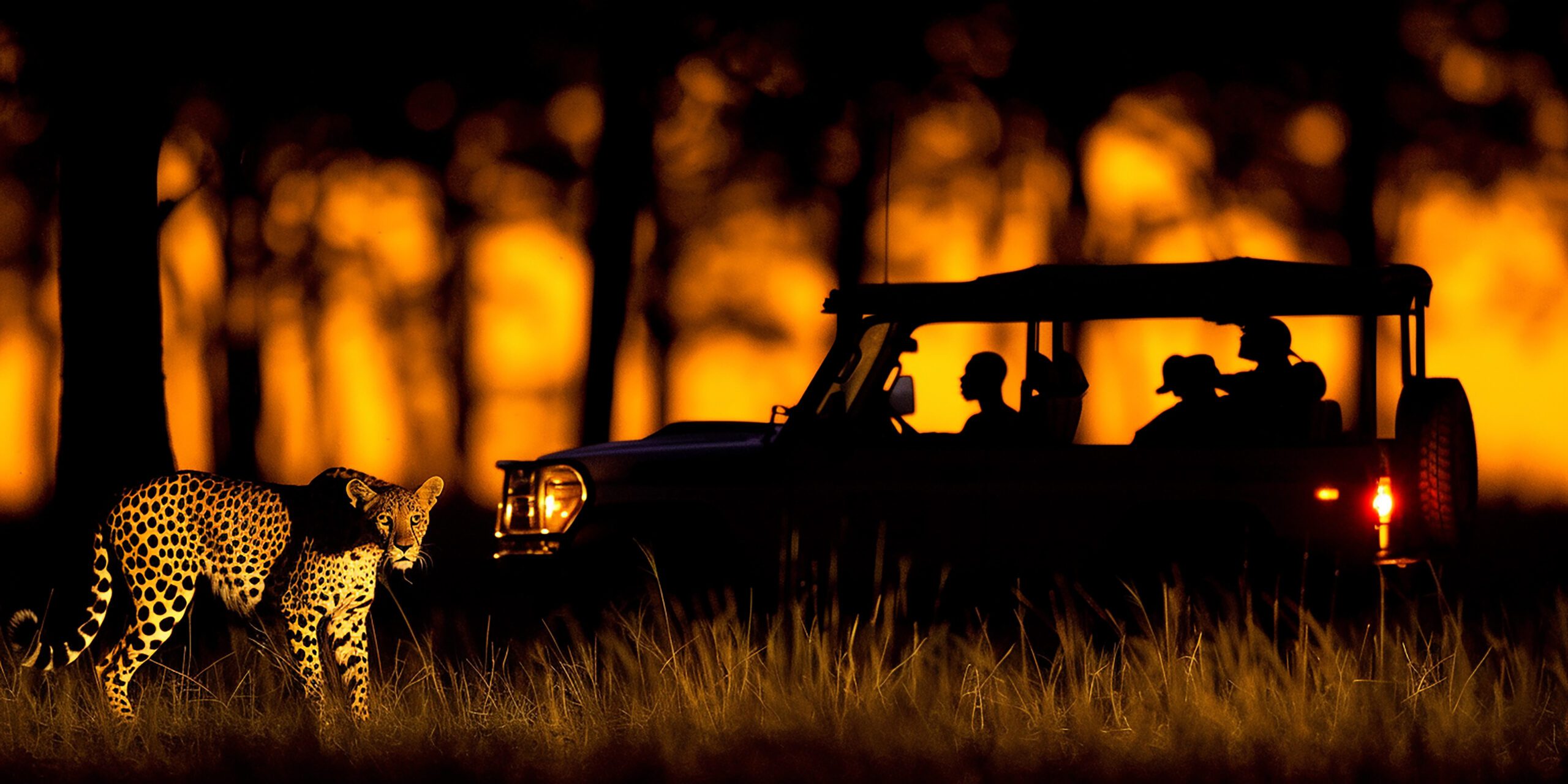
2. How to Book a Safari at Jhalana
- Booking Options:
- Book safaris online through official portals or at the forest’s entry gate.
- Safari Timings:
- Morning Slot: 6:00 AM – 8:30 AM
- Evening Slot: 4:00 PM – 6:30 PM
- Safaris last approximately 2.5 hours, offering ample time to explore the forest.
- Group and Private Safaris:
- Opt for group safaris for a budget-friendly experience or private safaris for a more personalized adventure.
3. Preparing for Your Jhalana Safari
- What to Wear:
- Neutral-colored clothing (beige, green, brown) to blend in with the surroundings.
- Comfortable, weather-appropriate clothes (lightweight fabrics for summer, layered clothing for winter).
- What to Bring:
- Binoculars for spotting distant wildlife.
- A camera with a zoom lens for capturing moments.
- Sunscreen, hats, and sunglasses for daytime safaris.
- A reusable water bottle to stay hydrated.
- Footwear:
- Closed-toe shoes or boots suitable for uneven terrain.
4. What to Expect During Your Safari
- Professional Guides:
- Experienced guides provide insights into the forest’s wildlife and history, enhancing your experience.
- Leopard Hotspots:
- Key areas include rocky outcrops, waterholes, and dense tree clusters where leopards are often seen during the Leopard Safari in Jaipur.
- Other Wildlife Sightings:
- Langurs, peacocks, and jackals are frequently spotted during safaris.
- Birdwatching Opportunities:
- Look out for parakeets, owls, and migratory birds, especially during winter.
5. Tips for a Successful Safari
- Arrive Early:
- Reach the entry gate at least 30 minutes before your safari slot for a smooth check-in process.
- Follow the Guide’s Instructions:
- Trust your guide’s expertise and adhere to safety rules for an enjoyable experience.
- Be Patient:
- Wildlife sightings are not guaranteed, but patience often leads to rewarding moments.
- Maintain Silence:
- Keep noise to a minimum to avoid disturbing the animals.
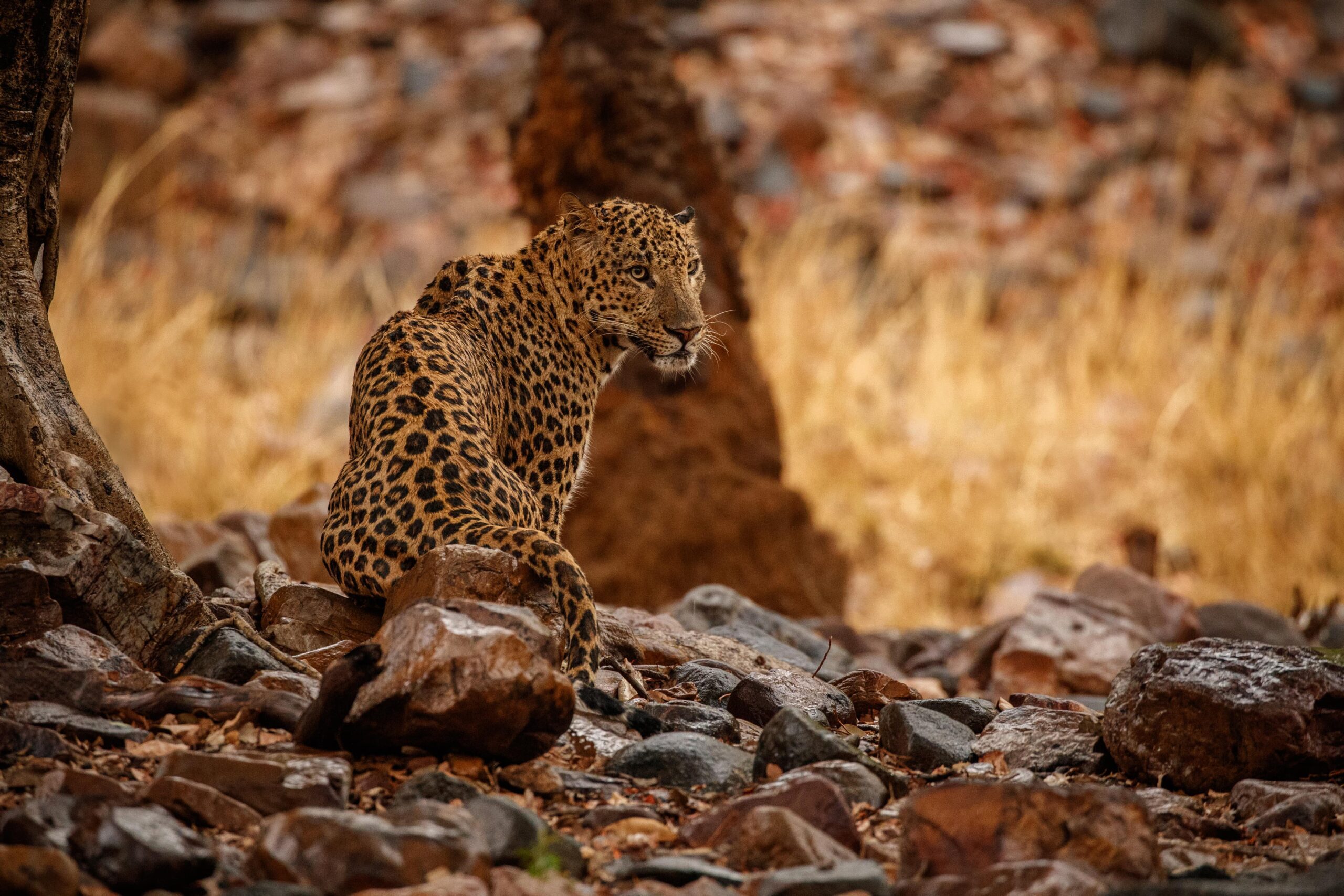
6. Photography Tips
- Use a Zoom Lens:
- A 200-400mm lens is ideal for capturing wildlife without disturbing it.
- Focus on Composition:
- Include elements of the forest in your shots to provide context and depth.
- Capture Animal Behavior:
- Moments like a leopard stalking, a peacock displaying its feathers, or a langur grooming its young tell compelling stories.
- Avoid Flash:
- Use natural light to preserve the authenticity of your photos and avoid startling the animals.
7. Eco-Tourism Guidelines for Visitors
- Respect Wildlife:
- Maintain a safe distance and avoid feeding or provoking animals.
- Avoid Littering:
- Carry back all waste to keep the forest clean.
- Stay Inside the Vehicle:
- Do not step out of the safari jeep unless instructed by your guide.
- Support Local Initiatives:
- Engage with local guides and purchase from community-run shops to support conservation efforts.
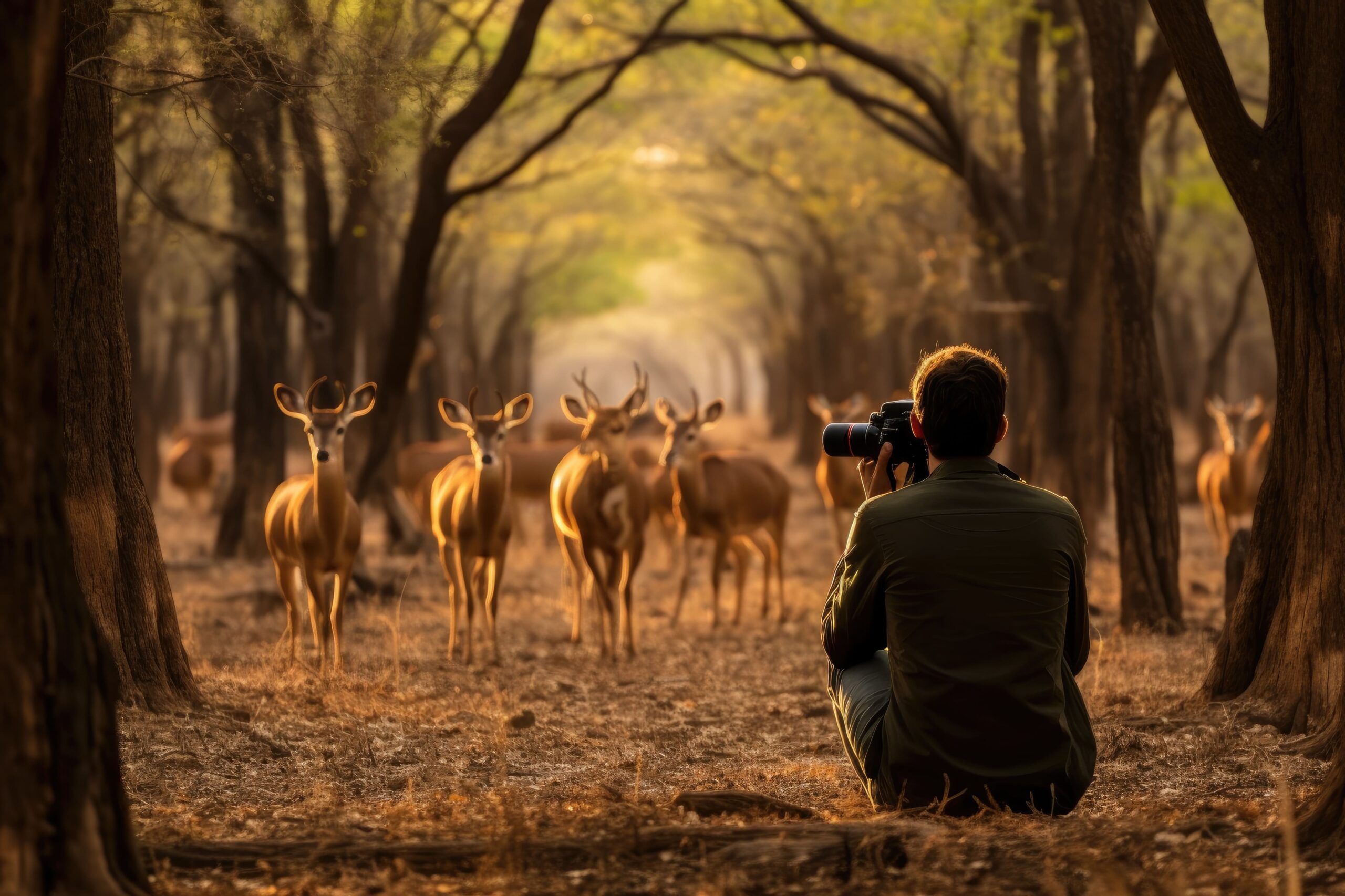
8. Best Time to Visit Jhalana
- Winter (October to February):
- Ideal for comfortable safaris and birdwatching as migratory species flock to the reserve.
- Summer (March to June):
- Best for spotting leopards and other animals near waterholes, though early morning safaris are recommended to beat the heat.
- Monsoon (July to September):
- The forest comes alive with lush greenery, but wildlife sightings may be less frequent due to dense foliage.
9. Beyond the Safari
- Temple Visits:
- Explore the ancient temples within Jhalana, such as the Kali Mata and Shiv Mandir, for a blend of spirituality and nature.
- Nature Walks:
- Guided walking trails offer a closer look at the forest’s flora and smaller fauna.
- Birdwatching Tours:
- Dedicated tours during peak migratory seasons enhance the experience for bird enthusiasts.
10. Why Jhalana is Perfect for Beginners
- Compact Yet Diverse:
- The forest’s small size ensures that even short safaris offer plenty of wildlife sightings, especially during the Leopard Safari in Jaipur.
- Expert Guidance:
- Trained guides make it easy for first-timers to navigate and understand the forest.
- Family-Friendly:
- The well-organized safaris and proximity to Jaipur make Jhalana an ideal destination for families and novice wildlife enthusiasts.
Conclusion
A Leopard Safari in Jaipur at Jhalana is an unforgettable introduction to India’s natural beauty and biodiversity. With its thriving leopard population, diverse wildlife, and serene landscapes, Jhalana offers a perfect blend of adventure and tranquility. By following this guide and embracing eco-friendly practices, your first safari at Jhalana is sure to be a rewarding experience, leaving you with memories to cherish and a newfound appreciation for wildlife conservation.
Disclaimer All images used in this blog are either sourced from public domain or credited to their respective owners. If you are the copyright holder of any image and wish to request its removal or proper attribution, please contact us at [email protected]



